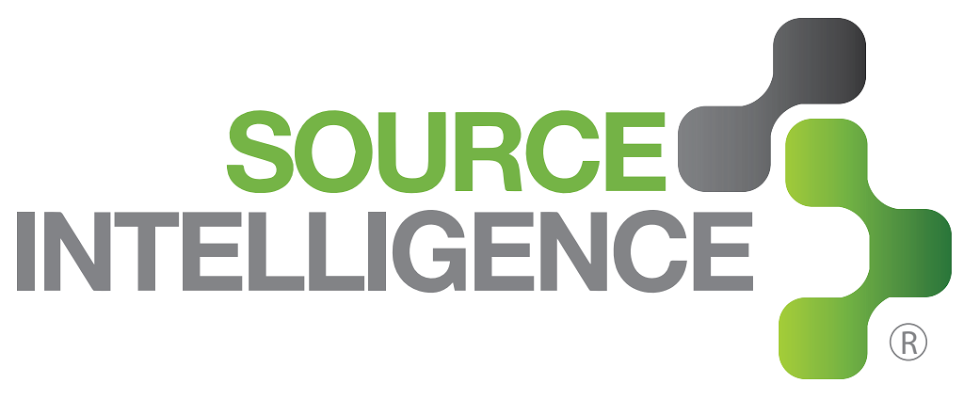Conflict Minerals Due Diligence Examined: Considerations for Compliance
Due Diligence, The Third Step Of Conflict Minerals Compliance

Conflict Minerals Compliance
There are several steps involved in complying with the Conflict Minerals Final Rule (figure above).
- Filter: Determine which of a company’s products are in scope.
- Reasonable Country of Origin Inquiry (RCOI): Determine whether the conflict minerals used in a company’s products may have originated from the DRC or whether they came from scrap or recycled sources.
- Due Diligence: After completing the RCOI, if a company either comes to know or has reason to believe conflict minerals originated in the DRC and did not come from recycled or scrap sources, that company engages in due diligence to gather information about potential risks so they can be assessed and managed appropriately.
- Data Assessment: Information gathered from the supply chain should not be taken at face value. A company must assess provided data to understand its completeness and accuracy.
- Report: Prepare and submit Special Disclosure (SD) forms and/or Conflict Minerals Reports as necessary to the SEC.
The U. S. Securities and Exchange Commission’s (SEC’s) Final Rule for Conflict Minerals (“Final Rule”) requires publicly-traded companies in the U.S. to disclose whether they manufacture products containing conflict minerals originating from the Democratic Republic of Congo or one of its nine adjoining countries (DRC). If a company knows or has reason to believe that conflict minerals necessary to the functionality or production of its products may have originated in the DRC, or did not come from recycled or scrap, it is required to engage in due diligence.
Due diligence is important because it will determine the type of disclosure to the SEC that is required.
For more guidance on how to perform conflict minerals due diligence, check out Source Intelligence's Conflict Minerals Due Diligence Examined: Considerations for Compliance white paper guide.

